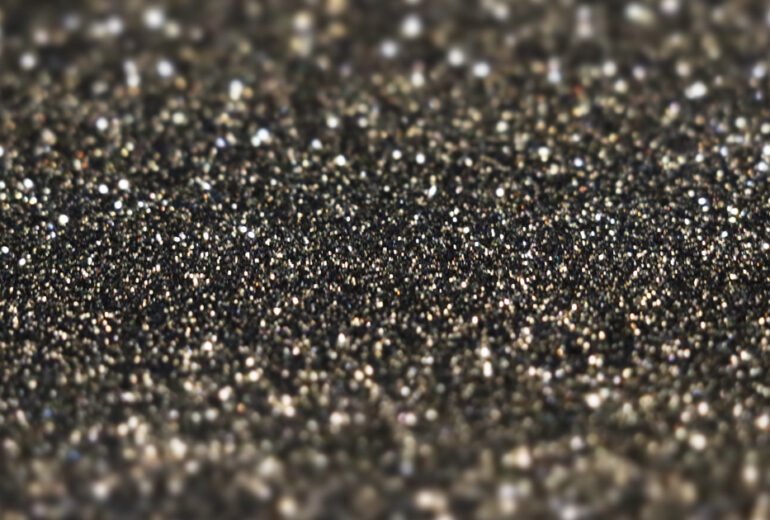BLANKS AND SINTERING DEPARTMENT
We select the best powder mixtures
since over 60 years
Our manufacturing process, entirely managed in-house, takes advantage of cutting-edge machines that allow us to produce components of different shapes and sizes while keeping the highest precision standards.
Thanks to the expertise acquired over decades in the sintering industry we manage to reduce defective parts to the very minimum. We are thus able to offer our customers the best technical result with competitive prices and quick delivery times.
Acquisition of needs
Our technical-sales persons acquire from the Customer all useful specifications to define the component features and proceed with its production.
Preliminary study
Technical and engineering teams work together on feasibility analysis and work out all the necessary elements to submit a quotation.
Production
Thanks to cutting-edge equipment and a carefully selected team, Sinterloy, starting from tungsten carbide powder, produces its components entirely in its sintering and grinding facilities.
Production process
0. RAW MATERIAL INSPECTION
Upon reception, conformity of incoming powders is attentively checked in our internal lab.
Incoming inspection takes into account characteristics such as density, hardness (HRA and HV), porosity and structure. Coercive force and magnetic cobalt tests complete the controls.
Once the conformity to the requested specifications is assessed, material is moved to our ample warehouse, where we stock over 20 mixtures of powder.


1. POWDER
PRESSING
Tungsten carbide powder (WC-Co) is pressed using the most suitable dies for the finished product.

2. PRE-SINTERING PROCESS
Blanks are put in a vacuum furnace and reach a temperature around 700° C. This process removes the paraffin in the powder and compacts the material to allow the following machining.

3. BLANK MACHINING
SHAPING
Pre-sintered blanks are turned, drilled and shaped using CNC machines to perform most of the required machining.

4. SINTERING
PROCESS
Shaped blanks reach
1.400 / 1.500 °C
(according to the material)
in vacuum furnaces.
In this step, the parts shrink of about 20%.
BLANKS AND SINTERING DEPARTMENT
We select the best powder mixtures
since over 60 years
Our manufacturing process, entirely managed in-house, takes advantage of cutting-edge machines that allow us to produce components of different shapes and sizes while keeping the highest precision standards.
Thanks to the expertise acquired over decades in the sintering industry we manage to reduce defective parts to the very minimum. We are thus able to offer our customers the best technical result with competitive prices and quick delivery times.
Acquisition
of needs
Our technical-sales persons acquire from the Customer all useful specifications to define the component features and proceed with its production.
Preliminary study
Technical and engineering teams work together on feasibility analysis and work out all the necessary elements to submit a quotation.
Production
Thanks to cutting-edge equipment and a carefully selected team, Sinterloy, starting from tungsten carbide powder, produces its components entirely in its sintering and grinding facilities.
Production process
0. RAW MATERIAL INSPECTION
Upon reception, conformity of incoming powders is attentively checked in our internal lab.
Incoming inspection takes into account characteristics such as density, hardness (HRA and HV), porosity and structure. Coercive force and magnetic cobalt tests complete the controls.
Once the conformity to the requested specifications is assessed, material is moved to our ample warehouse, where we stock over 20 mixtures of powder.


1. POWDER
PRESSING
Tungsten carbide powder (WC-Co) is pressed using the most suitable dies for the finished product.

2. PRE-SINTERING PROCESS
Blanks are put in a vacuum furnace and reach a temperature around 700° C. This process removes the paraffin in the powder and compacts the material to allow the following machining.

3. BLANK MACHINING
SHAPING
Pre-sintered blanks are turned, drilled and shaped using CNC machines to perform most of the required machining.

4. SINTERING
PROCESS
Shaped blanks reach
1.400 / 1.500 °C
(according to the material)
in vacuum furnaces.
In this step, the parts shrink of about 20%.
GRINDING DEPARTMENT
5.Grinding process
Sintered parts are ready for the latest machining steps. We perform in-house:
- Surface and cylindrical grinding
- Sharpening
- Profile grinding
- Precision sinker and wire EDM
- Polishing
GRINDING DEPARTMENT
5.Grinding
process

Sintered parts are ready for the latest machining steps. We perform in-house:
- Surface and cylindrical grinding
- Sharpening
- Profile grinding
- Precision sinker and wire EDM
- Polishing
